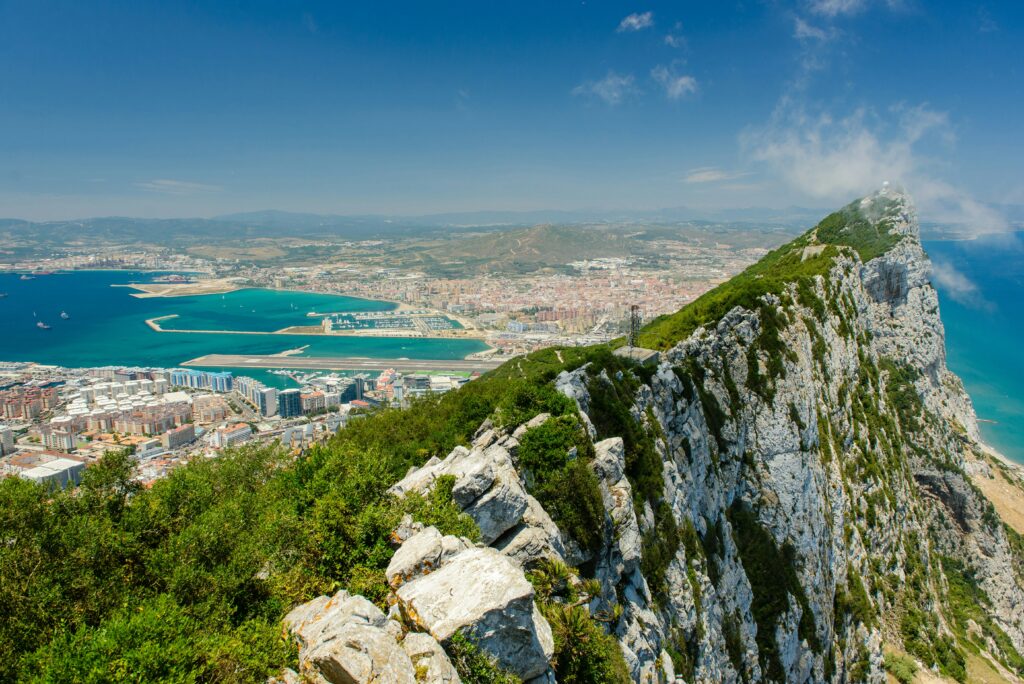In 711AD Tariq ibn Ziyad requested additional support for his occupation of Iberia from Musa ibn Nusair (a Yemini Arab), governor of the Umayyad province of Ifriqiya (North Africa). Tariq led 6,700 African soldiers and 300 Arab translators and propagandists into Iberia where they again defeated the armies of the Visigoths, forcing them into the northern regions, and occupied Mon Calpis which was renamed “Jabal Tariq (the rock of Tariq)” after the leader of the Moorish forces which would become the name “Gibraltar” and is still in use today.
With this victory, Tariq continued the conquest, capturing crucial cities such as Toledo and Cordoba. The successful invasion marked the establishment of Muslim rule in significant parts of the Iberian Peninsula, leading to the formation of Al-Andalus or “Andalusia”.

When dividing the conquered regions of the land, Arabs settled the most fertile land of the south and left Africans poorer land in central Spain and areas closer to the north. This eventually led to conflict between the African (led by Tarik) and Arab (led by Musa) forces ultimately erupting in civil war starting in 741AD until 746.
In 756AD Abd-al-Rahman I (an African and Yemeni Arab prince) became ruler of Islamic Spain, uniting the region and establishing the Umayyad Dynasty. This period in Spain was characterized by religious tolerance, where Muslims, Christians, and Jews coexisted, contributing to a diverse and intellectually rich society. Scholars in Al-Andalus made significant advancements in various fields, including science, medicine, philosophy, and literature. The translation movement, which involved translating classical Greek and Roman texts into Arabic, played a pivotal role in preserving and transmitting knowledge. Cordoba, the capital, flourished as one of the most advanced and cosmopolitan cities in the medieval world. Abdal-al-Rahman I also achieved the following:
- Divided the country into military districts and administered it on this basis
- Created a standing army of 40,000 mostly African men and also began a navy
- Improved farming conditions by implementing effective irrigation canals
- Imported cotton, fruits, rice, spices, and sugarcane from the Middle East i.e. Northeast Africa
Sources
Gibraltar from Britannica
https://www.britannica.com/place/Gibralta